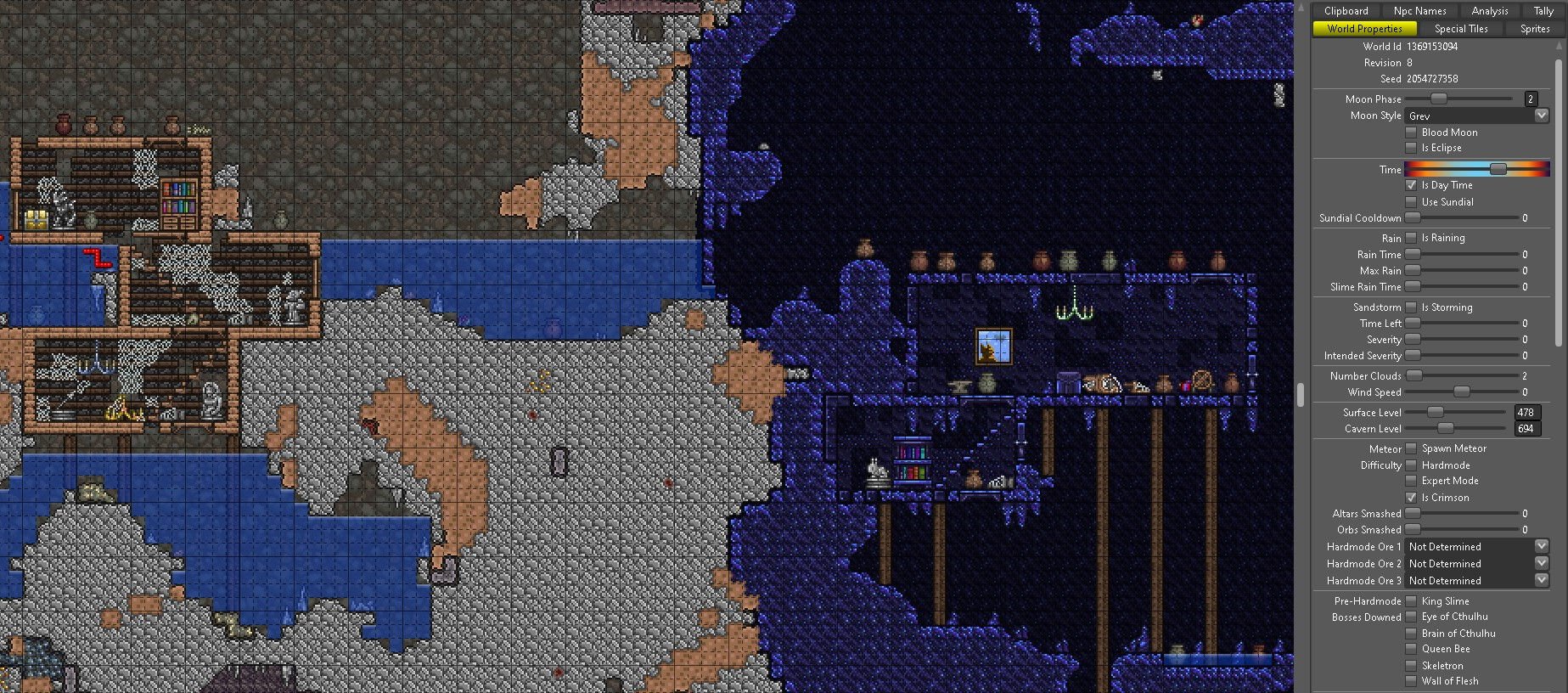
I should have been frequently amused at the numerous jokes, but I laughed only occasionally, and quietly. Gore and blood supply the film’s main attractions, whereas humor and characters are secondary, if not wholly nonexistent. In any case, if you’re still entertained after watching a lamb masticate on a human penis, the message won’t really matter. So, perhaps, the film suggests animal rights advocates do more harm than good. Then again, activists are portrayed as morons that caused the whole mutant-sheep outbreak in the first place. Signifying the legitimacy of the animal rights argument, Henry, our hero, falls for her. Experience, the female animal rights enthusiast, refuses to eat meat and believes in nature’s spirituality-as one could guess from her name. Perhaps the angry herds represent a protest against the cruel testing of abused animals. Somewhere in King’s film, I think there’s a message. Moreau, offering unkillable ovine and human-sheep hybrids sprouting from every nibble. The film becomes a strange hybrid of Shaun of the Dead and The Island of Dr. Rightfully so, since it probably wants to eat his face. He hides in the proverbial corner every time a cute little lamb gazes at him with its blank stare. When Henry returns home to collect his 2 million dollar check and half of the family farm, he’s just in time to conquer his childhood fears by way of zombie sheep. Given New Zealand’s 20:1 sheep-to-human ratio, the potential for a countrywide disaster is just on the horizon. Soon, the farm is plagued by hundred of rabid beasts.

Its bite spreads amongst the sheep, slowly transmitting whatever evils Angus’ lab has concocted. Resembling the Sumerian rat-monkey from Jackson’s Dead Alive, the catalyst for Black Sheep’s outbreak of crazed, bloodthirsty sheep is a mutated and hairless baby lamb. This fact attracts animal rights activists Grant and Experience, who steal proof of the inhumane testing at Angus’ facility. Maybe.Īngus hasn’t followed his dad’s example of traditional farming techniques instead, he’s moved toward the future, using genetically engineered sheep to enhance the stock. Maybe it’s because when they were kids Angus skinned Henry’s pet lamb and jumped out of the dark at him, covered in blood, wearing its skin. Angus and Henry are brothers fifteen years after their dad dies, Angus has taken over the family farm, while Henry, who lives in the city, has a horrible fear of sheep.
#Fun terraria maps movie#
Shot with great attention to the beauty of New Zealand’s expansive landscape, the movie opens on a picturesque farm, rolling pastures and all. To ask us to care if so-and-so is devoured by sharp-toothed fluffiness is absurd. Given that he dedicates more laughs and camera time to the livestock, the humans come off as lamb feed. We could care less about the people-these virtually anonymous characters assigned to surviving their wooly pursuers. King’s movie is never more complicated than that, which is the problem. Keeping in line with Jackson’s early films, Dead Alive (known as Braindead in New Zealand) and Bad Taste, director Jonathan King sews humor and horror in a no-holds-barred splatterfest of ravenous sheep munching on unsuspecting human victims. However, I don’t think they ever expected sheep as a principal threat. Thanks to Peter Jackson, a Kiwi himself, New Zealand always seems to be struck with massive plagues of aliens, zombies, and orcs. And now, with Black Sheep, a half-man half-sheep creature is chopped from behind with an airplane propeller.

In 28 Weeks Later, the infected were mowed down like so much grass, their infected blood spraying out like a broken sprinkler. Who would have thought that in 2007, three (yes three) movies would offer zombie-esque creatures getting hacked up by propellers? In Robert Rodriquez’s half of Grindhouse, called Planet Terror, the undead were run down by a pursuant helicopter the result required windshield wipers.


 0 kommentar(er)
0 kommentar(er)
